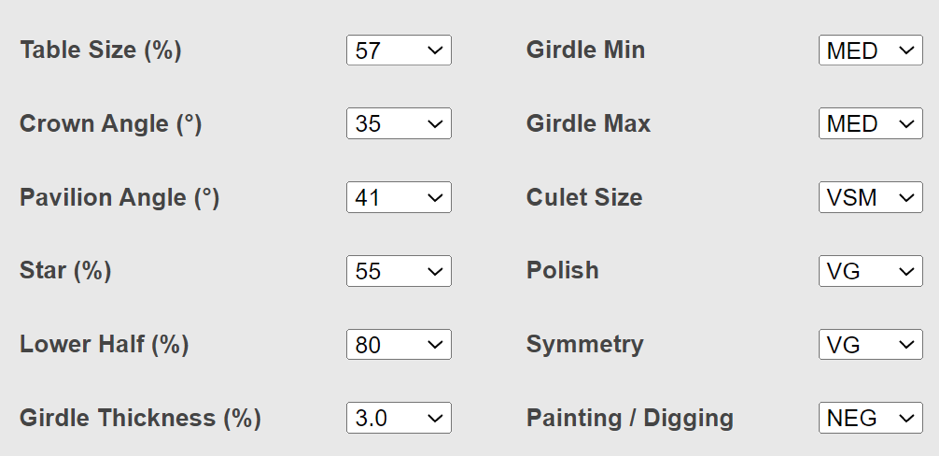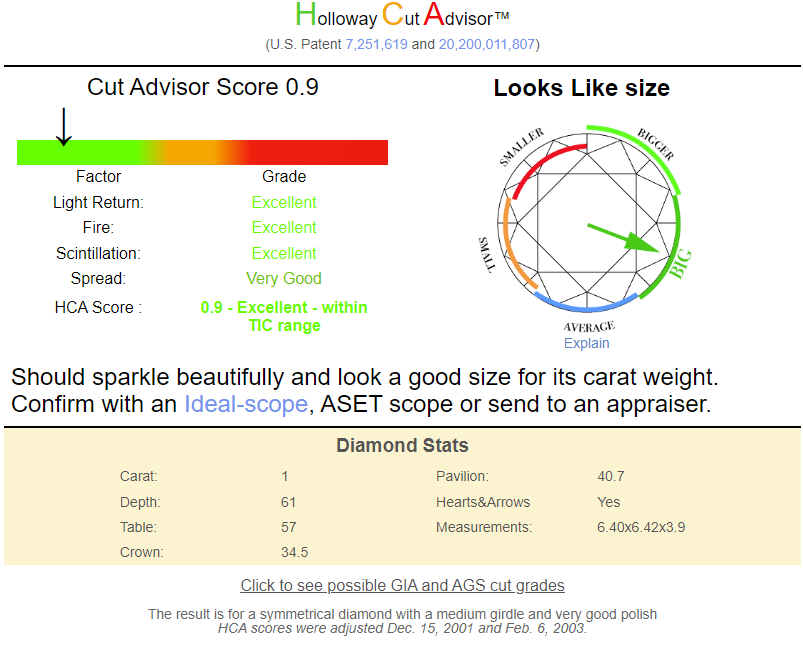About
Garry Holloway
Garry has a BSc applied geology, FGAA gemologist, Diploma of Diamond Technology and JAA registered appraiser. In 1976 he established Melbourne diamond design award winning jeweller, Precious Metals and later changed the name to Holloway Diamonds. In 1984 he studied the Fire Scope while undertaking the Gemmological Association of Australia’s Diamond Diploma. This led to a long and passionate interest in diamond cut.
After the publication of the Gemological Institute of America‘s ‘brilliance’ report in 1998 this passion became a crusade to improve the cut quality of all diamonds.
Garry wrote tutorials for www.Pricescope.com and developed and patented the Holloway Cut Adviser (HCA) system in 2000. In 2001 he released a portable Ideal-Scope. In 2004 he was one of the four Cut Group organizers and a speaker at the 1st International Diamond Cut Conference (IDCC) in Moscow, Russia. The HCA has been used to grade the cut quality of tens of millions of diamonds worth billions of dollars. HCA was granted a US patent U.S. Patent 7,251,619 and Look Like diamond also received a US patent 20200011807.
Holloway Cut Adviser
The development and workings of HCA can be discovered at this static website www.diamond-cut.com.au which has remained unchanged as the documentation of the workings behind HCA. GIA developed their round diamond cut grading system six years later which essentially is the same as outlined in the HCA patent.
GIA’s Facetware™ shows the data required for the look up tables are all covered in the HCA patent. The only exception is painting and digging. I never had the resources to extend my look up tables to cover star and lower half facets. Girdle thickness is computed by HCA based on simple trigonometry calculations. All the other factors on Facetware™ are simple yes/no computations, like for example more than a two grade girdle variation results in a cut quality down grade.
The main difference between HCA and all other grading methodologies is HCA rewards diamonds for spread. Facetware™ and all other cut grade approaches simply lower the grade or score based on the diamonds depth. In the AGSL case it is computed directly based on a percentage variation of an ideal 1.00ct diamond being 6.47mm. In GIA’s case a maximum depth allowable percentage was set at 63%. Facetware™ computes the total depth percentage from the data entered by computing the various heights and depths of the parts of the diamond (in a similar way that HCA calculates girdle thickness) and lowers the grade of a diamond if the depth is greater than 63%. The result is flawed because GIA round data. There are thousands of diamonds listed on B2B sites like RapNet™ on any given day with depths far in excess of 63% depth. There is no obvious reason that GIA cannot implement the simplest of calculations to honour the 63% maximum depth to achieve GIA Excellent cut grades. The formula is depth divided by average diameter x100. GIA have all that data. One can only wonder why that has not been implemented, especially as I informed the trade in 2019 with an article published in the Rapaport trade magazine and here.
Looks Like diamond size
Looks like performs two calculations.
Firstly, it calculates the difference between a diamonds size for its carat weight based on the dimensions and the carat weight entered into HCA.
Secondly, based on the diamonds proportions there is an estimation calculated of the effect of leakage or light return from the periphery or around the edges of the diamond.
Those two factors are added together to give a simple estimate of the diamonds apparent visual size in plain language. Smaller, Small, Average, Big and Bigger. The vast majority of GIA XXX diamonds fall into the Small range because of the combined effect of both factors.
The next step for HCA LL is to provide actual grades for round and fancy shaped diamonds based on virtual 3D models made when the diamonds are scanned. This will not result in a cut grade for fancy shaped diamonds, but it will certainly be a very useful rejection tool since there are currently no cut grades on 99% of fancy shaped diamonds.



